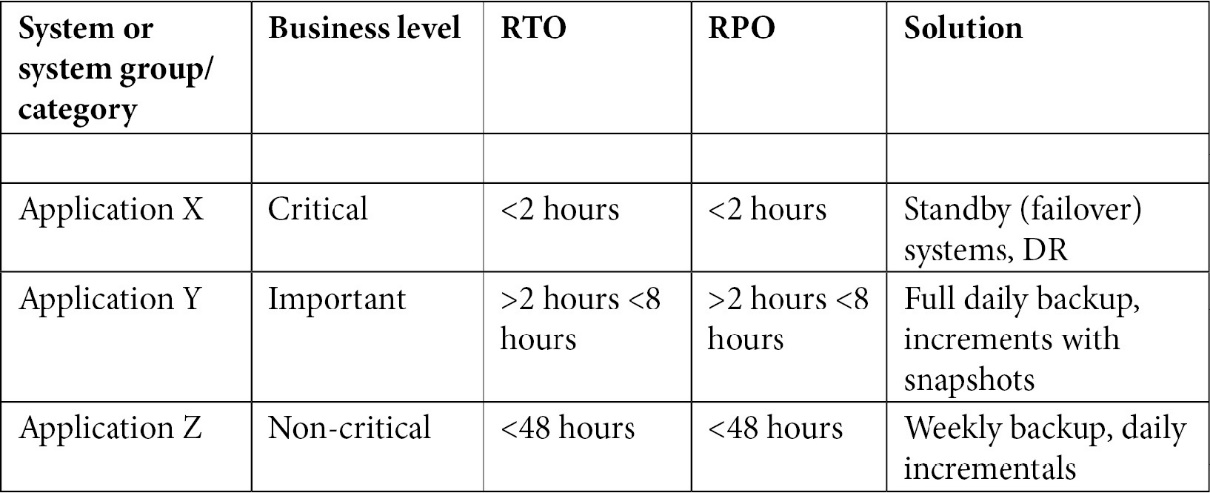Designing SaaS Solutions
The market for Software as a Service has been growing with massive numbers over the past five years. It’s expected that the market for SaaS will grow to over 600 billion US-dollars during this year (2023).
SaaS as a strategy makes sense if a company wants to expand its business fast. SaaS products allow customers access to applications over the internet, without the need to buy a physical product that they need to install themselves on a device. SaaS products are centrally hosted on cloud platforms, where the product is fully managed by the developers. The customer is assured of the newest releases because of the central hosting and management model.
SaaS is extremely customer-centric: the customer simply subscribes to the service, gets access and next, the service is ready to use on the device of the customer’s choice. Hence, developing SaaS products has become sort of the holy grail to many enterprises.
The major cloud providers offer toolkits...


